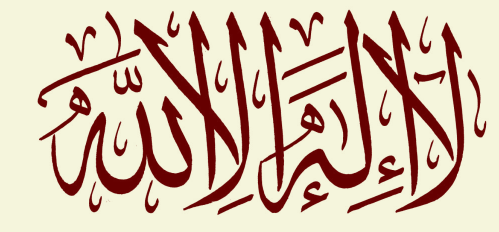Introduction to Islamic Metaphysics: A Contemporary Sufi Treatise on the Secrets of the Divine Name – Yousef Casewit
Abstract:
“In this masterful treatise of Sufi spirituality and metaphysics, Shaykh Mohamed Faouzi al-Karkari maps out the mystical journey to God as an initiatic progression through seven degrees of realization, or readings, of the divine Name Allāh. These seven degrees encapsulate what it means to read in the Name of the Lord, letter by letter, syllable by syllable, until the Hu, Lahu, Lillāh, ilāh, Allāh, Alif, and the Treasure-Dot are inwardly realized in the heart of the wayfarer. The Shaykh guides the reader from secret to secret, or reading to reading, devoting ten subchapters to each degree of the divine Name. Written with both metaphysical rigor and poetic elegance, the book comprises seventy short chapters that correspond to the seventy veils of Light and darkness between God and creation. Throughout the book, he emphasizes the centrality of directly witnessing the Divine Light, the indispensability of a living spiritual master, the dynamic between transcendence and immanence, the purification of the heart, and wholehearted commitment to practicing the Sunna and continuous invocation as a means of attaining direct knowledge of God. Describing the fruit of wayfaring, the Shaykh proclaims: “[It is] a matter of sheer fruitional experience, tasted only by those who plunge the depths of the kernel of the heart..”
